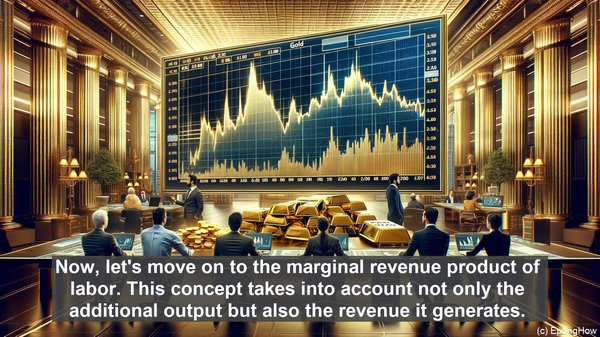Introduction: The Significance of Labor in Economics
Hello everyone! Welcome to our article on the difference between the marginal revenue product of labor and the marginal physical product of labor. Labor is a fundamental factor of production, and understanding its impact is crucial in the field of economics. Today, we’ll delve into two important concepts that shed light on labor’s value and productivity.
Defining the Marginal Physical Product of Labor
Let’s start by defining the marginal physical product of labor. It refers to the change in output resulting from employing an additional unit of labor, while keeping all other inputs constant. In simpler terms, it measures the additional output a firm can produce by hiring one more worker, assuming everything else remains the same. The marginal physical product of labor is a key metric for firms to assess their production efficiency and make informed decisions regarding workforce expansion.

Understanding the Marginal Revenue Product of Labor
Now, let’s move on to the marginal revenue product of labor. This concept takes into account not only the additional output but also the revenue it generates. It is calculated by multiplying the marginal physical product of labor with the marginal revenue, which is the change in total revenue resulting from selling one more unit of output. The marginal revenue product of labor provides firms with a more comprehensive understanding of the value a worker brings, as it considers the revenue implications of their output.
Factors Influencing the Marginal Revenue Product of Labor
Several factors can impact the marginal revenue product of labor. One crucial element is the price of the final product. If the price is high, the revenue generated by each unit of output will be greater, leading to a higher marginal revenue product of labor. Additionally, the productivity of the worker, as measured by the marginal physical product, plays a significant role. A more efficient worker can produce more output, resulting in a higher marginal revenue product. Other factors, such as the demand for the product and the availability of substitutes, also come into play.
Implications for Firms and Workers
Understanding the difference between the marginal revenue product of labor and the marginal physical product of labor is essential for both firms and workers. For firms, it helps in making optimal hiring decisions. If the marginal revenue product of labor exceeds the wage rate, hiring an additional worker can be profitable. On the other hand, if the wage rate surpasses the marginal revenue product, it may be more cost-effective to refrain from hiring. For workers, knowing their marginal revenue product can be beneficial during negotiations, as it provides a clearer picture of their value to the firm.

